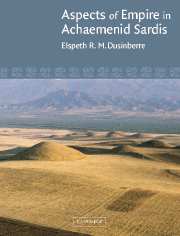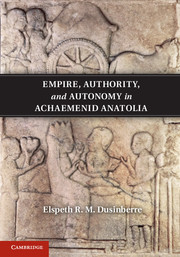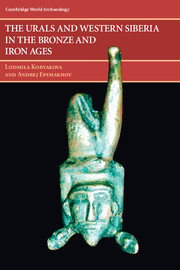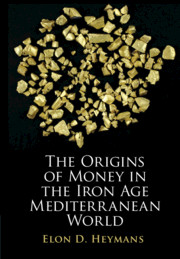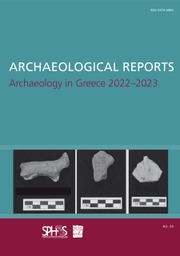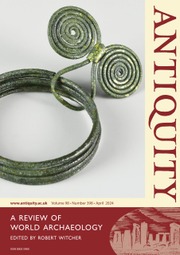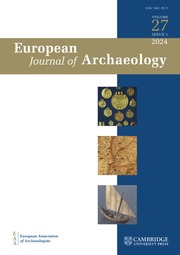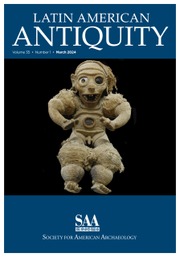Aspects of Empire in Achaemenid Sardis
Elspeth R. M. Dusinberre proposes a fresh approach to understanding the Achaemenid Empire based on her study of the regional capital, Sardis. This study uses archaeological, artistic and textual sources to demonstrate that the two-hundred-year Persian presence in this city had a profound impact on local social structures, revealing the region's successful absorption, both ideological and physical, into the Persian Empire. During this period, Sardis was a centre of burgeoning creativity and vitality, where a polyethnic elite devised a fresh culture - inspired by Iranian, Greek and local Lydian traditions - that drew on and legitimated imperial ideology. The non-elite absorbed and adapted multiple aspects of this culture to create a wholly different profile of what it meant to be Sardian. As well as successfully bringing together information on the Achaemenids, this book is also an excellent contribution to empire studies.
- A revolutionary take on the Achaemenid Persian Empire
- An excellent contribution to empire studies
- A comprehensive study of a city in the Achaemenid Empire
Reviews & endorsements
"...this book brings together a diverse array of evidence and makes a significant contribution to the growing field of Achaemenid Anatolian studies, with an insightful and progressive theoretical approach." Journal of Field Archaelogy
"...Aspects of Empire in Achaemenid Sardis is carefully written, methodologically well informed and thoughtfully argued." BMCR
"...Dusinberre's book brings Sardis studies forward in a vital way." BMCR
Product details
June 2003Hardback
9780521810715
342 pages
254 × 198 × 28 mm
0.9kg
Available
Table of Contents
- List of figures
- Preface
- List of abbreviations
- 1. Sardis in the Achaemenid empire
- 2. Textual sources and the effects of empire
- 3. The urban structure of Achaemenid Sardis: monuments and meaning
- 4. The urban structure of Achaemenid Sardis: sculpture and society
- 5. Inscriptions: Sardians in their own words
- 6. Mortuary evidence: dead and living societies
- 7. Personal signifiers: Sealstones
- 8. Achaemenid bowls: ceramic assemblages and the non-elite
- 9. Conclusion: Imperialism and Achaemenid Sardis
- Appendices
- References
- Index.

